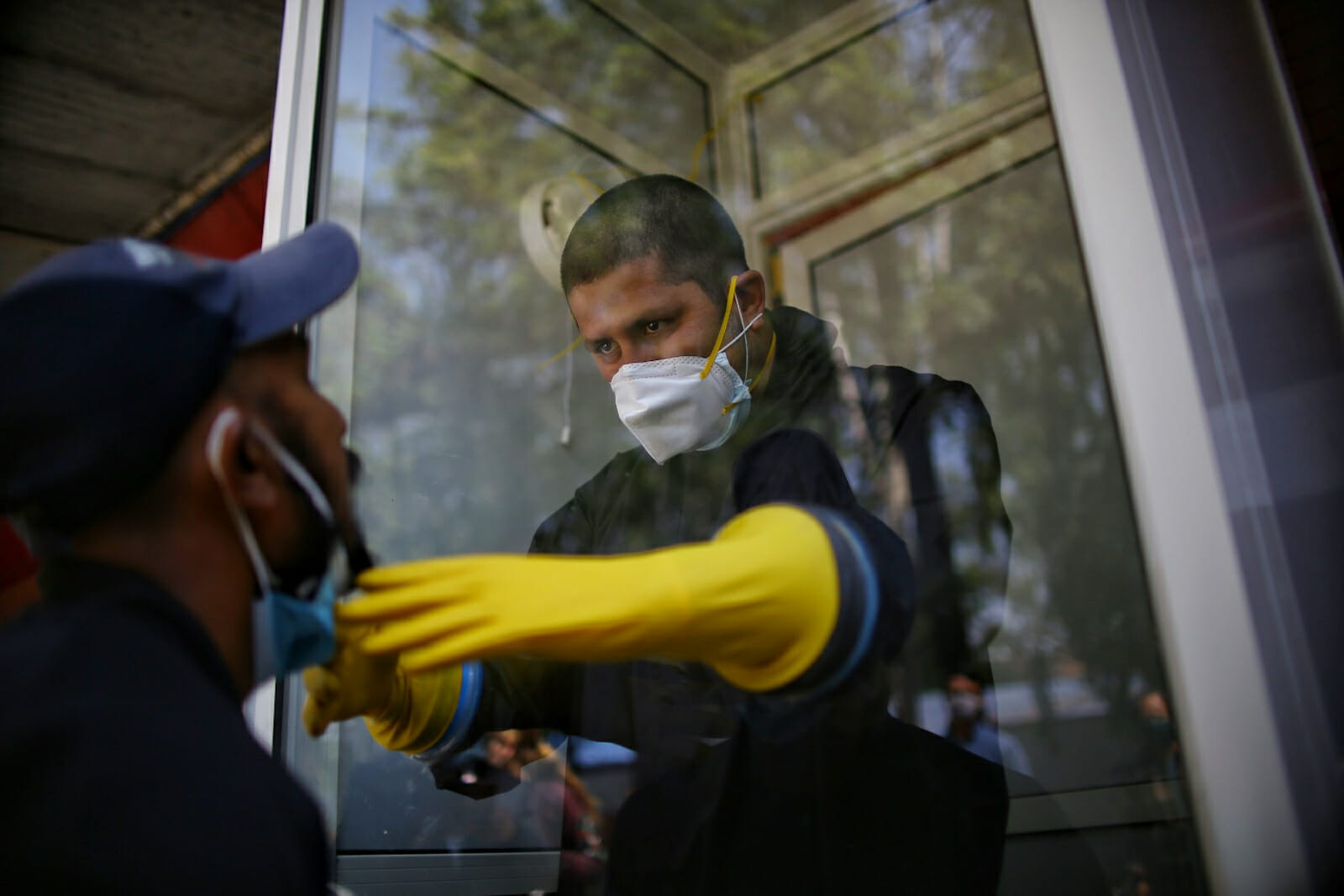
Health
These Are the Demographics Hit Hardest by COVID-19
The COVID-19 pandemic continues to affect people in various ways. However, the societal impact of pandemic lockdowns, restrictions, and other changes are not the same across the board.
Black Americans at Risk for High Overall Mortality and Disproportionate Deaths
Research shows that Black Americans experience the highest likelihood of mortality based on all races studied. For example, that group had 65.8 deaths per 100,000. The overall mortality rate for Black Americans is about 2.3 times as high as it is for white people and Asian Americans.
The same study showed that Black Americans die from COVID-19 at rates above their share of the population in 29 states. There are also places in the U.S. where the chances of dying were particularly high for Black Americans. Those living in the District of Columbia were six times as likely to pass away from COVID-19 compared to white people, and the rate was five times as high in Kansas.
Another study found that 73% of Black Americans did not have the financial resources to cover three months of emergency expenses. That could mean some of them delay or don’t get medical attention because of cost-related fears.
Native Americans Take a Two-Prong Hit During the Coronavirus
When scientists examined COVID-19 demographics, they discovered that Native Americans faced extra burdens compared to other population groups. They simultaneously experience health risks and economic challenges. The Navajo tribe alone recorded nearly 8,000 COVID-19 cases so far, for example.
Native Americans have provided government services on their lands over the last few decades. However, they cannot collect taxes for those services the same ways state and local government authorities do.
Joseph Kalt, an economist familiar with this issue, said, “While state and local governments are also in trouble, at least they have a tax base, but tribes are really struggling because their tax base has been wiped out.” He also noted that the closure of casinos and other tribal businesses has effects beyond the tribes. Local economies also benefit from consumer outlets operated by Native Americans.
People With Disabilities May Face More Disruption and Access Difficulties than Others
Pinpointing the societal impact of pandemic challenges on people with disabilities is difficult because a disabled person’s needs could vary depending on their circumstances. Some overlap may exist, but the requirements of someone with a long-term physical disability likely differ from the needs of a person with learning disabilities.
Researchers have yet to calculate the full impact of COVID-19 on disabled people. However, some explored how mental health struggles, decreased access to care and even discrimination toward disabled people were more likely to become problematic during past crises. With many home care services and group activities halted during the pandemic, many disabled people cannot get the assistance or socialization they need.
Michelle Bachelet, the United Nations’ High Commissioner for Human Rights, said, “People with disabilities are in danger in their own homes, where access to day-to-day support and services may be limited due to lockdowns, and some may suffer greatly from being isolated or confined.” She also mentioned that risks are more significant in institutional settings due to abuse or inadequate controls to stop the virus from spreading.
Working Mothers Among the Demographics Hit Worst by Pandemic Effects
Scientists found that women account for one of the most affected demographics during the coronavirus crisis. The ramifications are even more severe for working moms. Teams investigated the effects of COVID-19 on employed mothers and found some knock-on effects.
For example, one-third of working mothers reported being the sole provider of child care in a two-parent household versus one-tenth of fathers. Researchers also indicated that sectors characteristically employing more women — such as hospitality and dining — were some of those most impacted by the pandemic’s shutdowns. Women may juggle child care while under threat of job loss.
A related issue is that social distancing and closed child care facilities made it harder for working mothers to rely on grandparents, babysitters, or daycares to assist them. Those who remain employed may have to choose between going to work or watching their kids.
Older Adults Face Various Obstacles
Some of the earliest research about the novel coronavirus indicated that older adults were at an elevated risk of becoming infected and experiencing complications. Government authorities strongly advised that those individuals stay indoors and limit contact with others. Staying isolated protects physical health, but mental well-being could suffer as a result.
People who looked at COVID-19 demographics also highlighted the related dangers to nursing home residents. One geriatrician said that residential care nurses often oversee 20 or more residents each, and going from room to room could accelerate the spread of infection.
Statistics also showed that people 65 and older were the second most likely demographic group to become unemployed due to the coronavirus. When a person loses their job, their health insurance often goes with it. That could cut older adults off from affordable medical attention if they get sick from COVID-19 or another ailment.
An Eye-Opening Look at COVID-19 Demographics
As the pandemic continues, it’s often easier to look at the overall fatality and infection rates. Those give a broad picture, but as this overview shows, the virus does not affect demographic groups equally. Knowing the hardest-hit segments is crucial to providing those in need with adequate support.

